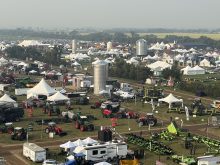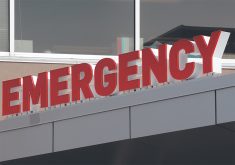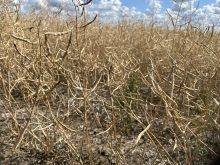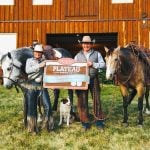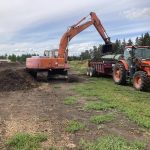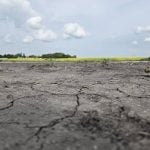It may appear unusual that a veterinarian would write about horsemanship. However, it is through the lens of health that the impact of horsemanship becomes self-evident.
Horsemanship is the relationship between a horse and a human. As a veterinarian, I have witnessed thousands of these encounters, which came about unexpectedly for me when I graduated. No one in college specifically said that each horse patient would come with a person attached to its lead shank. Trailer loading and unloading, lounging, backing up, turning circles, riding exercises and simple leading tasks provided the framework for observation. So I began to observe the obvious.
Read Also
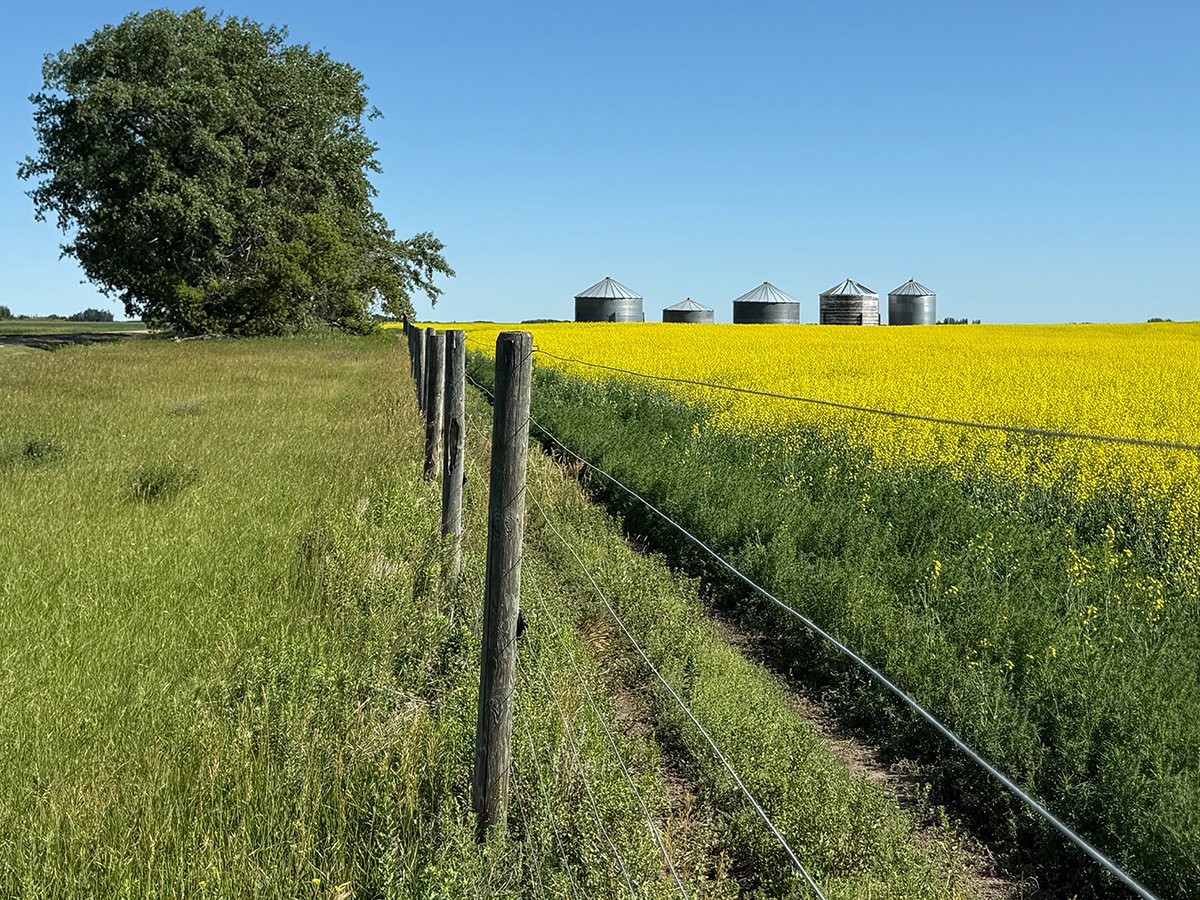
Producers face the reality of shifting grain price expectations
Significant price shifts have occurred in various grains as compared to what was expected at the beginning of the calendar year. Crop insurance prices can be used as a base for the changes.
The dynamics of the relationship between horse and human intrigued and fascinated me.
The mathematics and responsibilities within the relationship were simple. At any one time the person and the horse are 100 percent responsible for 50 percent of the relationship.
From my viewpoint, the horse was always willing to connect with the human, provided it was given clear energetic direction. It also followed that unexpected events between the horse and the human were due to fear, misunderstanding or physical limitations.
When a horse is scared, a horse is scared. When a horse doesn’t understand, a horse doesn’t understand and when the horse hurts, the horse hurts. The responsibility of the handler is different in each case. The choice the person makes in relating to the horse brings greater or lesser balance to the horse. Cumulative imbalances eventually manifest in physical or mental dysfunction. These horses are then labelled unsound.
Horses have a strong sense of self-preservation. Years of domestication do not negate this truth.
Horses are prey animals and rely on their flight instincts for survival. The body goes into defence physiology in fright and flight. This 9-1-1 response is meant to exist only for the short length of a danger. When a horse does not trust in the process that surrounds it, its body is in constant defence physiology with little or no relief.
This physiological wear and tear manifests in a weakened immune system and incorrect body postures, which are results of holding patterns within the body. The body is attempting to protect itself from what it fears or does not understand.
It is the responsibility of the human to “set it up” so the horse may learn. Using force to correct misunderstandings between horse and master only serves to trigger defence physiology and incorrect posture in the horse.
Two human examples of incorrect posture creating disease are back injury caused by improper lifting, and wrists that develop carpal tunnel syndrome from repetitive typing without wrist support.
Fear and misunderstandings in horses manifest in incorrect posture. Horses respond to but do not understand force.
For example, if I do not understand Japanese and you shout at me in Japanese, it is of no avail – I still do not understand. However, I will begin to worry about my safety because your shouting feels like an attack.
Keep in mind that I want to understand you because no one likes that uncomfortable feeling. Now you choose to become louder by pushing and shoving me in the direction of the request.
If, through guesswork, I respond as desired, I may remain anxious, maybe resentful, and I still don’t understand Japanese even though the “what” was accomplished.
Horses are tremendously emotional beings. Negative emotional responses cement abnormal holding patterns that are obvious in the horse’s posture.
Hence a horse’s biography becomes its biology. Simply, a horse becomes what it lives. Over time incorrect biomechanics and defence physiology ensure physical and mental unsoundness.
Asymmetrical carriage of the body places wear and tear on joints, tendons and ligaments that were not meant to be loaded.
Because horsemanship directly influences a horse’s mental and physical balance, it is a powerful tool to influence a horse’s soundness and health.
Carol Shwetz is a veterinarian practising in Westlock, Alta.

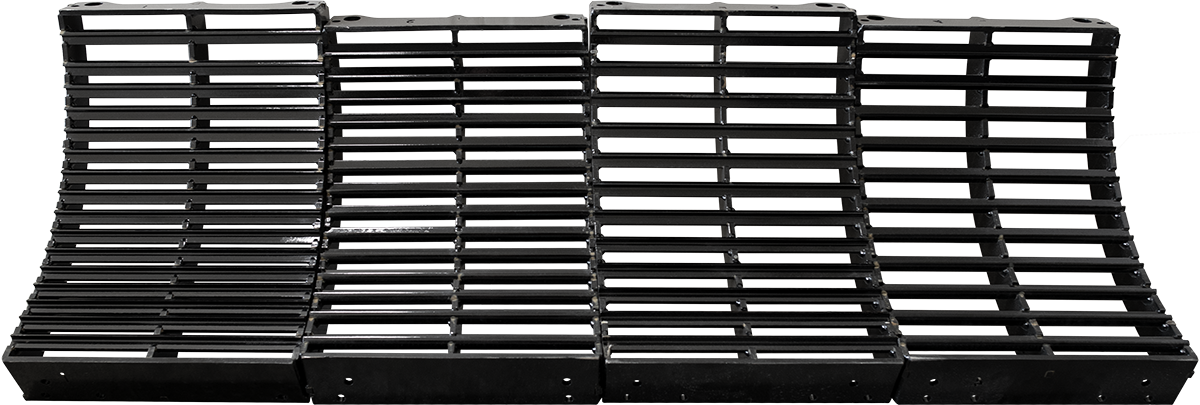



![Protesters crowd a street carrying signs that read, "Global warming real. In other news, water is wet," and "Stop denying the [blue painted pic of the Earth] is dying."](https://static.producer.com/wp-content/uploads/2025/07/29145152/158171_web1_2019-10-18T222818Z_1221762151_RC14C26A65A0_RTRMADP_3_CLIMATE-CHANGE-THUNBERG-1200-220x165.jpg)
